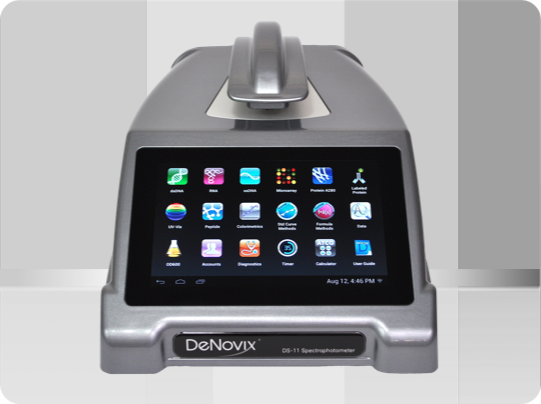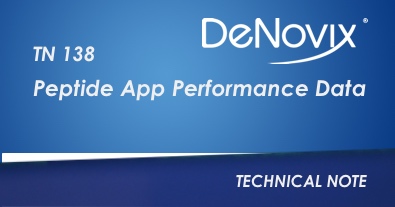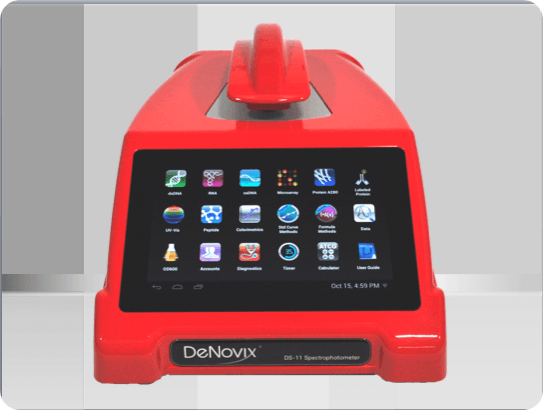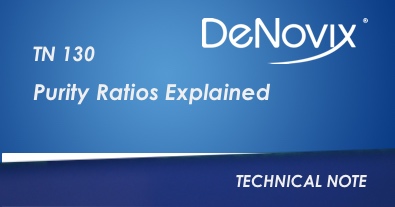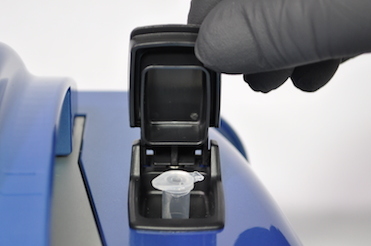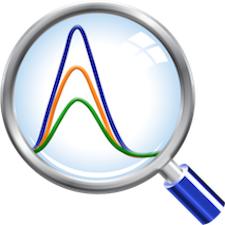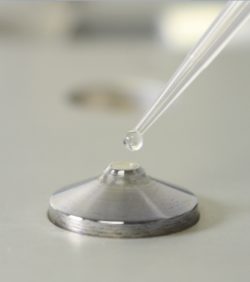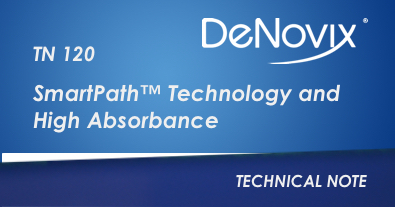Fluorometric sample quantification is a routine application in molecular biology labs however it is important to employ a number of best practices to ensure reliable results. This document outlines some of the key considerations.
Fluorometric sample quantification is a routine application in molecular biology labs however it is important to employ a number of best practices to ensure reliable results. This document outlines some of the key considerations.
This blog post compares the microvolume performance of the Thermo Fisher NanoDrop™ One spectrophotometer and the DeNovix DS-11 Series.
The DeNovix DS-11 Series Peptide app enables protein or peptide concentration determinations based upon absorbance values at either 215 nm or 205 nm. Data is presented for polymyxin B demonstrating the DS-11 can be used to determine the concentration of peptides over a wide dynamic range.
This blog post compares the protein concentration capabilities of Thermo Fisher NanoDrop™ One spectrophotometers and the DeNovix DS-11 Series.
Purity ratios are routinely used to identify contamination in samples when quantifying using UV-Vis. Understanding their utility and threshold values is essential to correct interpretation.
Fluorescence assays are critical in biochemical and life sciences applications using fluorometry for sample quantification. Learn more with DeNovix.
Absorbance and fluorescence analysis are distinct yet complementary techniques used to detect and quantify analytes of interest in a sample.
This blog post from DeNovix explores the four primary protein quantification assays used in microvolume analysis of proteins and biochemistry applications.
SmartPath™ technology enables the DS-11 Series to measure ultra-high concentrations. In this technical note, the relationship between transmittance and absorbance are discussed in the context of the Beer-Lambert Law to explain how the industry-leading dynamic range of the DS-11 is achieved.



